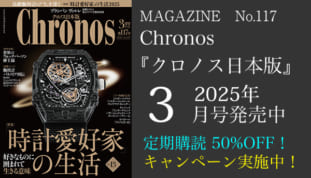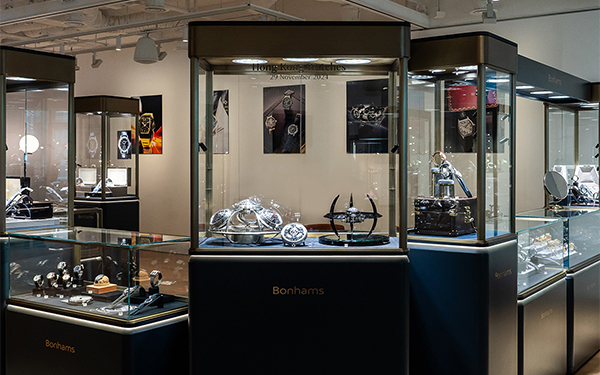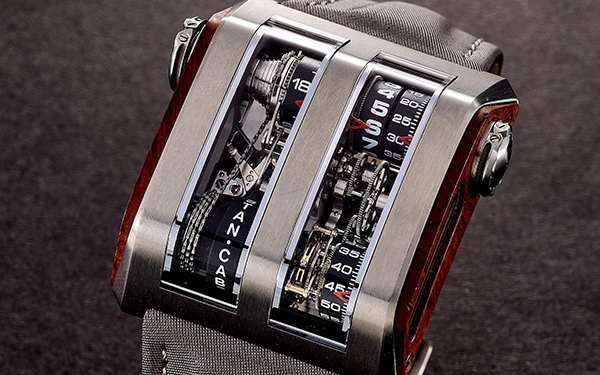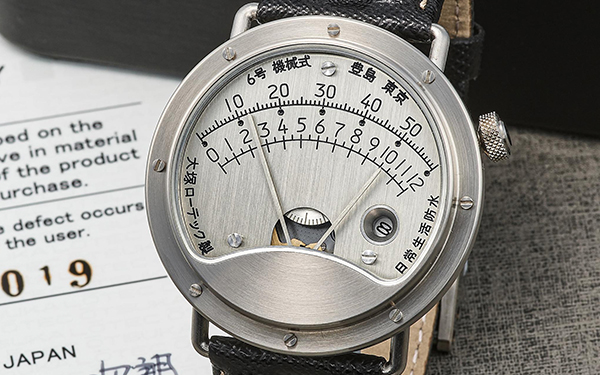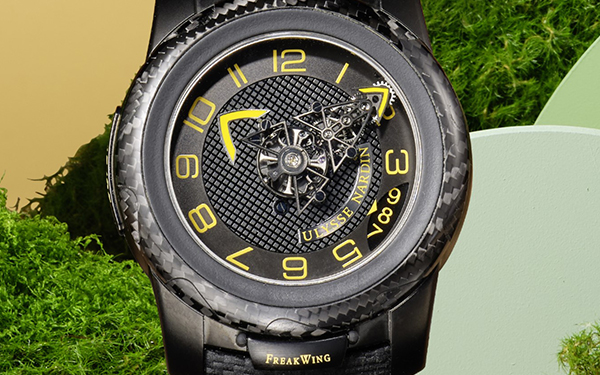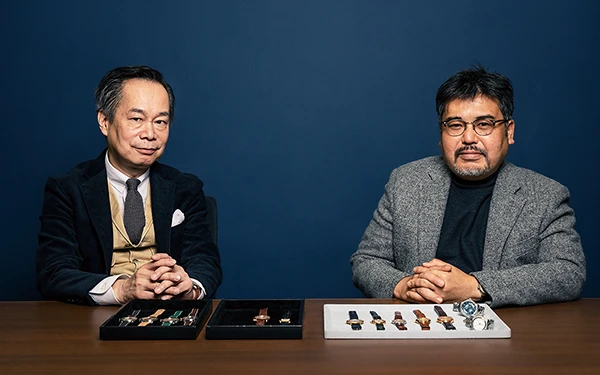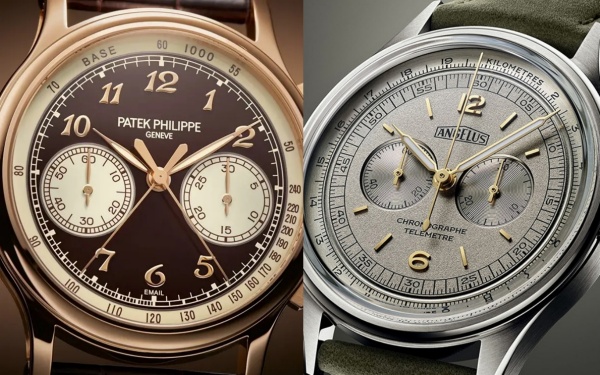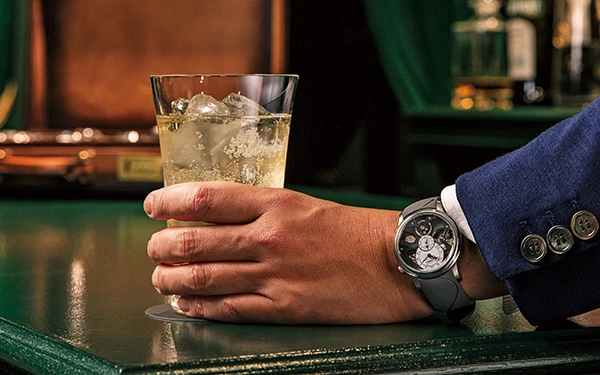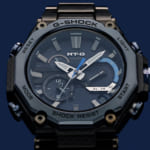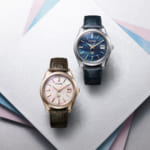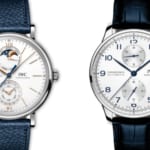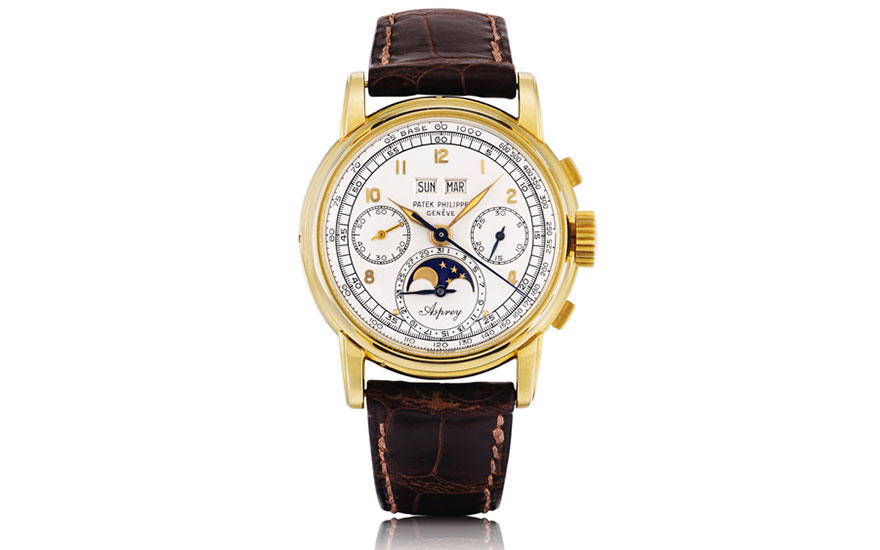
Results from the Geneva watch sales this fall, while mixed, generally reflected the evolving juxtaposition of trends and the quality and rarity of the selection offered by each auction house. To a certain extent, final numbers also indicated the disparity in skills wielded by different auctioneers between the Houses, especially when one observed that two nearly identical watches sold for vastly different prices, one almost double the other: two early 1940’s Seiko pilot watches in comparable conditions were sold within two days of each other, the one at Phillips fetched $23,750 while the one at Sotheby’s sold for $12,500, too large a gap to be attributed to fortune alone. The two mega watches of the season are both yellow gold first series Patek Philippe references 2499, one retailed and double signed by Serpico Y Laino, the other by Asprey. Christie’s sold the former at CHF$3,252,500, while Sotheby’s sold the latter at CHF$3,915,000. These two examples are among the best first series 2499s in yellow gold, and sold at prices commensurate with their importance. Oozing aura and originality, the Serpico was consigned by the descendant of the original owner. The Asprey, from an important American collection, is probably the best first series Patek Philippe 2499 in yellow gold known to date. It made a record for the reference when it was first sold publicly in 2006, then also by Sotheby’s, for CHF$2.2m. Twelve years later, at nearly double the price, the Asprey still holds that title. After this season’s results for the two great yellow gold examples, one can imagine how much a unique, top quality first series 2499 in pink gold would be worth today.
Phillips Geneva had no multi-million dollar lots this fall, but managed to eek out the best aggregate numbers for its sale as a whole with a mixed selection. The top lot of the sale was a rare modern high complications Patek Philippe: a platinum ref. 3974 with minute repeater and perpetual calendar made in 1994, selling at CHF$1,032,500, a strong result for this reference, reflecting the on-podium skills of auctioneer Aurel Bacs. The best watch of the sale, however, was a steel Rolex Dato-Compax ref. 6236 in great condition, made in 1960. One of the best examples of the last of the four Oyster Dato-Compax references, the watch fetched CHF$720,500. An early and pedigreed Rolex “prototype” single-red Seadweller ref. 1665, published in John Goldberger’s latest book “A Journey into the Deep” sold for CHF$708,500, reflecting the ongoing popularity and strength of vintage Rolex diver’s watches. Prices for vintage manual-wind Daytonas, on the other hand, seemed to have plateaued due to apparent buyer fatigue as demand has been more than offset by an overwhelming supply over the past year, both from opportunistic dealers and auction houses, with bad and incorrect examples often failing to find buyers.
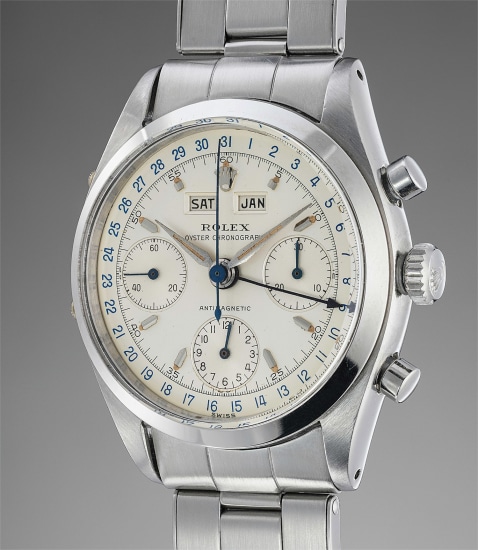
Other than the great first series Serpico Y Laino, Christie’s had another interesting 2499, a yellow gold fourth series from 1981 with an unusual dial: tachymeter scale is printed on the outer edge of the dial, a subtle but seldom seen configuration on the ref. 2499/100. Given the mediocre condition of the example and the usual disparity in prices between first/second and third/fourth series of the reference, the watch sold for CHF$672,500, hammering at the lower end of the estimate range. Other notable lots in the Christie’s sale were all pocket watches, with a 1987 Patek Philippe miniature enamel pocket watch by G. Menni selling for $348,500, a 1945 pink gold Rolex world time pocket watch at $162,500, and a 1895 pink gold Audemars grand complication pocket watch at $175,000. Nowadays, incredible bargains are found in the pocket watch category in terms of aesthetics, rarity, and sheer craft. They are bona fide objects of art for the connoisseur with an educated eye for greatness.
Despite having the best watch of the season - the “Asprey” Patek Philippe first series 2499 - which accounted for 1/3 of the sale total, Sotheby’s trailed behind Phillips and Christie’s in aggregate totals. Three of the four Rolex watches on the cover of the catalogue failed to sell, a consequence of their subpar quality. The only lot on the cover that found a buyer, a Daytona ref. 6239 with a rare Pulsations dial, purportedly consigned by the original owner, sold for $831,000, a mediocre result considering the fact that many anticipated the watch to break the million dollar threshold. In the same sale, a nice white gold Patek Philippe ref. 3448 made in 1977 sold for $519,000, and a yellow gold ref. 1518 for $495,000. A rare and early yellow gold Patek Philippe ref. 3940 from 1986 with a champagne colored dial double signed by Beyer sold for $77,500.
Of the one thousand or so lots offered this season by the four biggest auction houses, truly great watches accounted for about 1% of that number, wrist and pocket watches combined. This is a direct reflection of the harsh reality faced by auction houses and dealers alike today: it is getting increasingly difficult to convince owners of great watches to sell. While quality and rarity are more readily understood in a more transparent market relative to the past, it also makes the race to obtain the best more difficult than ever before. How will prices evolve from here? The overriding theme remains the same: the best examples of the most important models of the most important brands will continue to command large sums, now and in the foreseeable future. Honing an educated eye for quality while scouring the globe for the rarest wrist and pocket watches is a necessary rite of passage for every serious collector.
International connoisseur and collector of important wrist and pocket watches.

